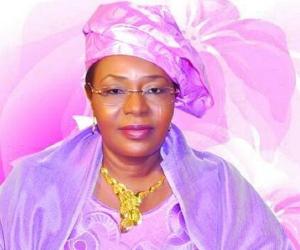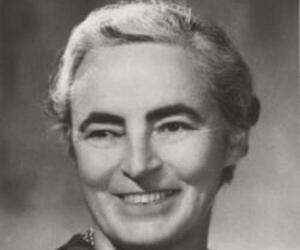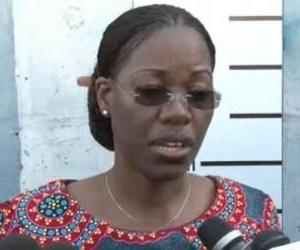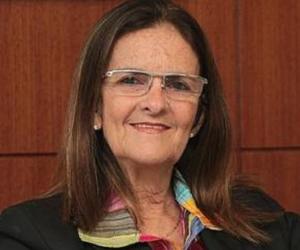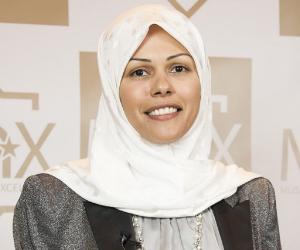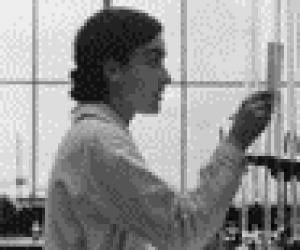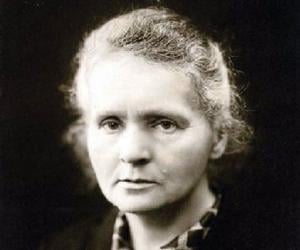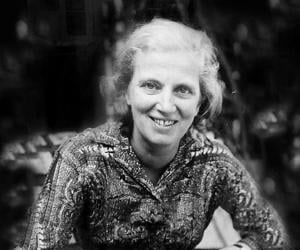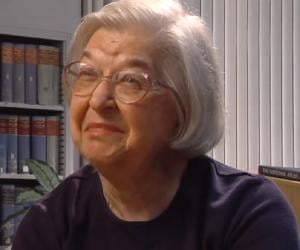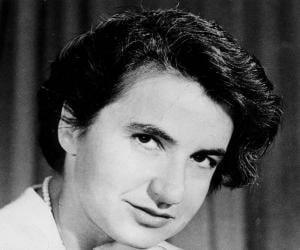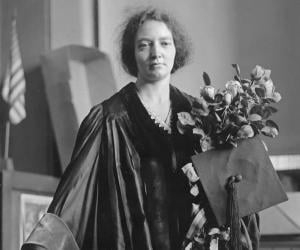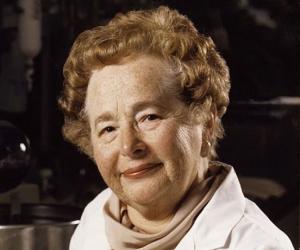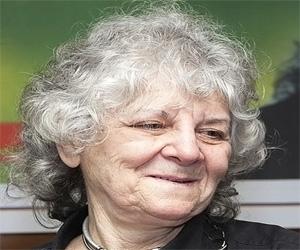Dorothy Hodgkin received the 1964 Nobel Prize for mapping the structure of penicillin and Vitamin B12. She is also known for her work on insulin. Beginning her work on structure of an organic compound by using X-ray crystallography as an undergraduate student, she later developed it further and used it to determine the three-dimensional structure of complex organic molecules.
Stephanie Kwolek was an American chemist remembered for her invention of Kevlar. She worked at the DuPont Company for over four decades and was awarded the company's Lavoisier Medal for her discovery. In 1995, she was inducted into the National Inventors Hall of Fame, becoming the fourth woman to be inducted. She also won other awards including the Perkin Medal.
Marie Curie and Pierre Curie’s daughter, Irène Joliot-Curie, herself a brilliant scientist, won the 1935 Nobel Prize in Chemistry, along with her husband, Joliot-Curie, for discovering artificial radioactivity. She was also one of the first three female French government members. She tragically died of leukemia caused by exposure to radiation.
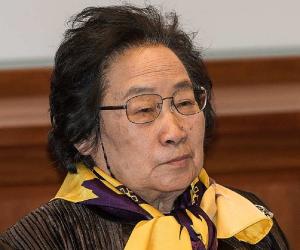
Chinese phytochemist and malariologist Tu Youyou is best remembered for her Nobel Prize-winning discovery of the anti-malarial drug qinghaosu, or artemisinin. She is the first Chinese female Nobel laureate. A tuberculosis infection in her younger days had inspired her to step into medicine. She later studied traditional Chinese medicine, too.
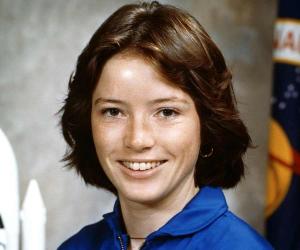
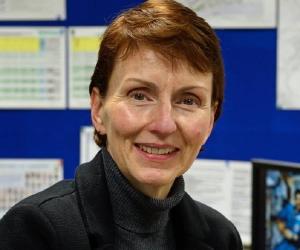
The first British person to fly into space, Helen Sharman also became the first female astronaut to visit the Mir space station. She was selected from over 13,000 applicants to be part of the Project Juno program. She was also as a chemist for the chocolate manufacturer Mars.
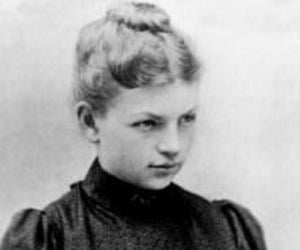
Clara Immerwahr was a German chemist who became the first German woman to receive a doctorate in chemistry. Apart from being a chemist, Clara Immerwahr was also a pacifist and a women's rights activist. Her work, marriage with the popular chemist Fritz Haber, and her suicide at the age of 44 have inspired films, novels, and TV series.
The daughter of Jewish immigrants in New York, Gertrude B. Elion excelled in chemistry at Hunter College, where she studied for free, but was initially unable to find a job due to gender bias. The renowned biochemist and pharmacologist later won a Nobel and became a pioneer in medical research.
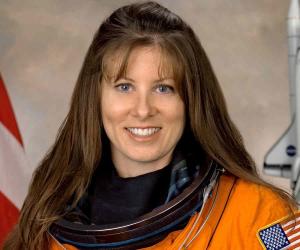
Ada Yonath is an Israeli crystallographer. She is best known for her work on the structure of the ribosome, for which she received the 2009 Nobel Prize in Chemistry along with Venkatraman Ramakrishnan and Thomas A. Steitz. The first Israeli woman to win the Nobel Prize, she occupies the Martin S. and Helen Kimmel Professorial Chair at the Weizmann Institute.
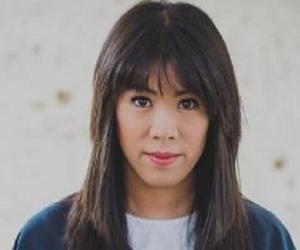
Mai Thi Nguyen-Kim is a German chemist, television presenter, science communicator, and YouTuber. A multi-talented personality, Nguyen-Kim has won many prestigious awards such as the Grimme Online Award, Georg von Holtzbrinck Prize for Science Journalism, Hanns Joachim Friedrichs Award, and Heinz Oberhummer Award for Science Communication.
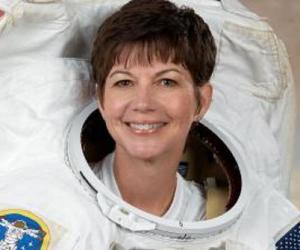
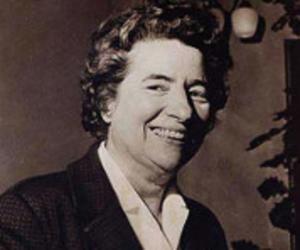
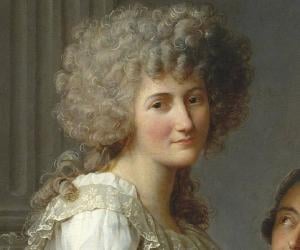
At 13, Marie-Anne Paulze Lavoisier had married lawyer and chemist Antoine Lavoisier. Her mastery of English helped her assist her husband communicate with his collaborators. She also illustrated her husband’s books and eventually negotiated with Joseph Priestley, on his behalf, over the naming of oxygen, which Priestley had discovered.
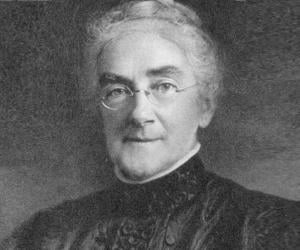
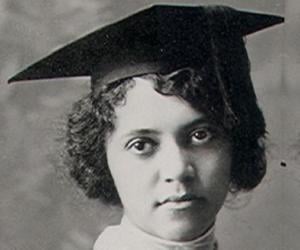
Alice Ball was an American chemist best remembered for developing the Ball Method, which became the most effective treatment for leprosy in the early 20th century. She was the first African American and first woman to work as a chemistry professor at the University of Hawaii. Alice Ball's contributions to science were recognized several years after her death.

Brigitte Boisselier leads Clonaid, a company focused on human cloning research. She is also a leader of the quasi-religious Raëlism movement, which believes humans were created by aliens. Although she once announced that Clonaid had successfully cloned a human child, the legal questions surrounding it later silenced her.
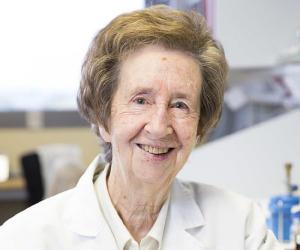
Margarita Salas was a Spanish scientist, author, and medical researcher. She is best remembered for her work in the fields of molecular genetics and biochemistry. In 2016, Margarita Salas became the first woman to be honored with the Echegaray medal. She was also the first woman from scientific background to become a member of the Royal Spanish Academy.
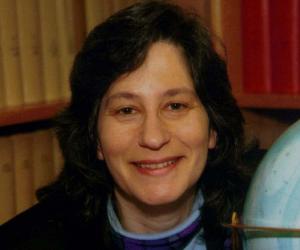
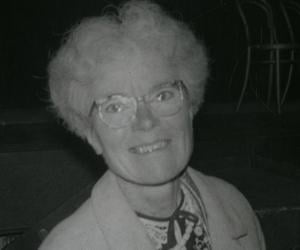
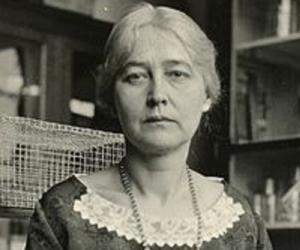
Maud Menten was a Canadian bio-medical and medical researcher. She made several important contributions to enzyme kinetics and histochemistry. She studied medicine at the University of Toronto, becoming among the first women in Canada to earn a medical doctorate. She collaborated with Leonor Michaelis to come up with the Michaelis-Menten equation model.
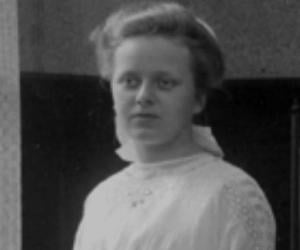
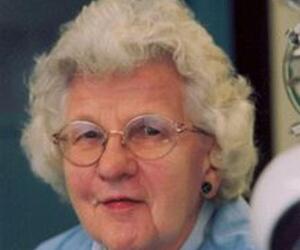
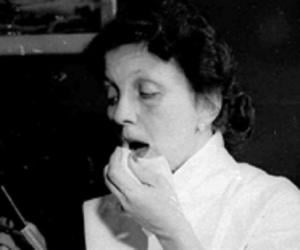
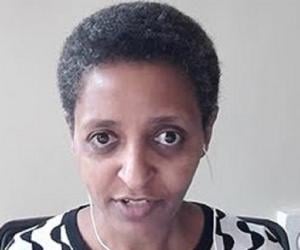
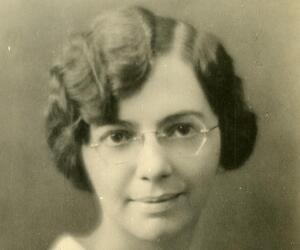
Florence B. Seibert is remembered for developing the tuberculin test, which became the standard test for detecting TB. Defeating polio at age 3, she went on to win scholarships and made it to Yale. One of the greatest women biochemists of the U.S., she also contributed to intravenous drug therapy.
